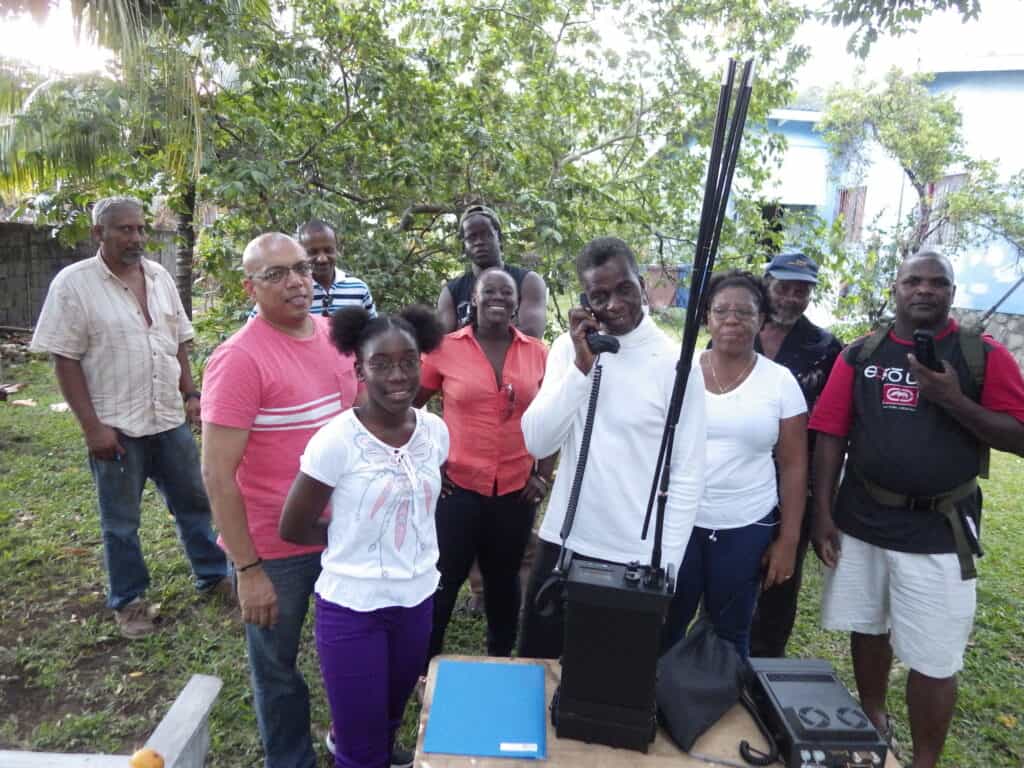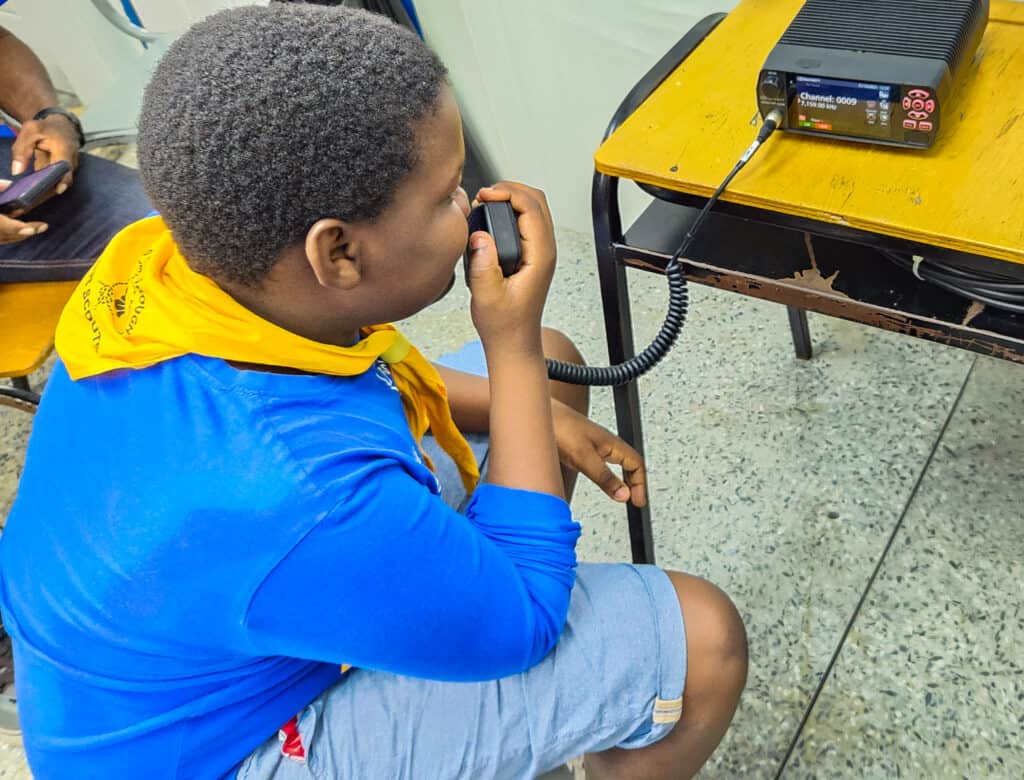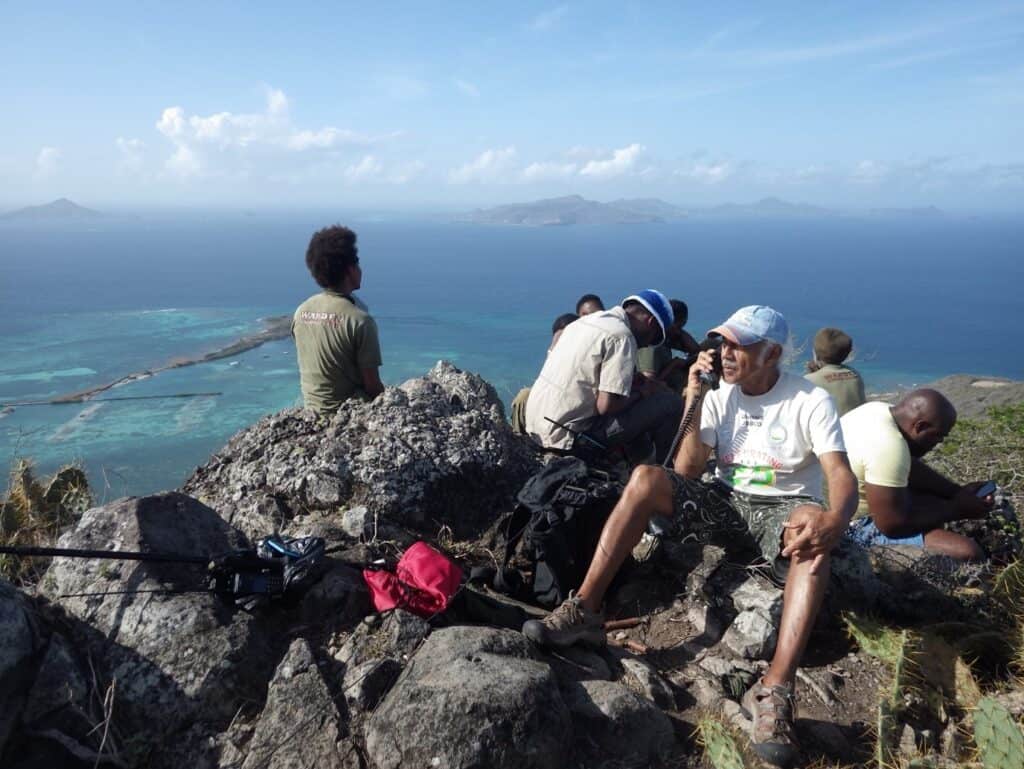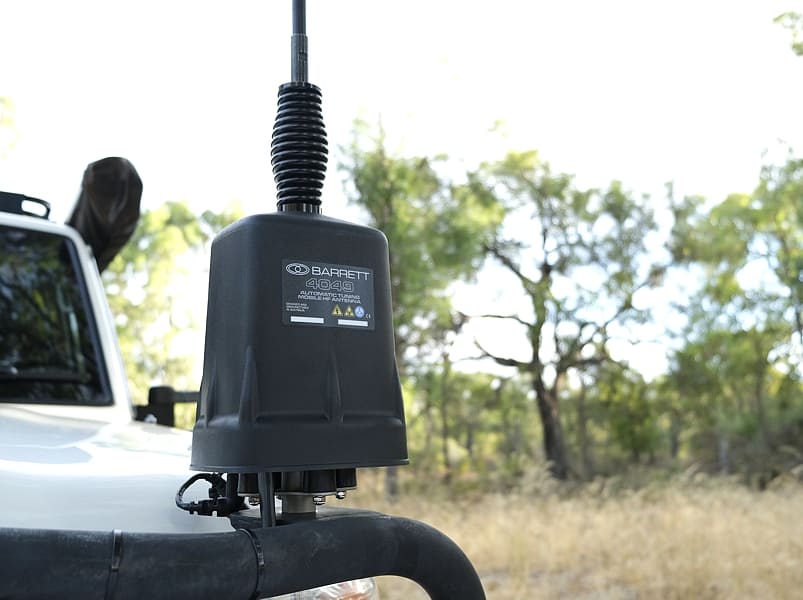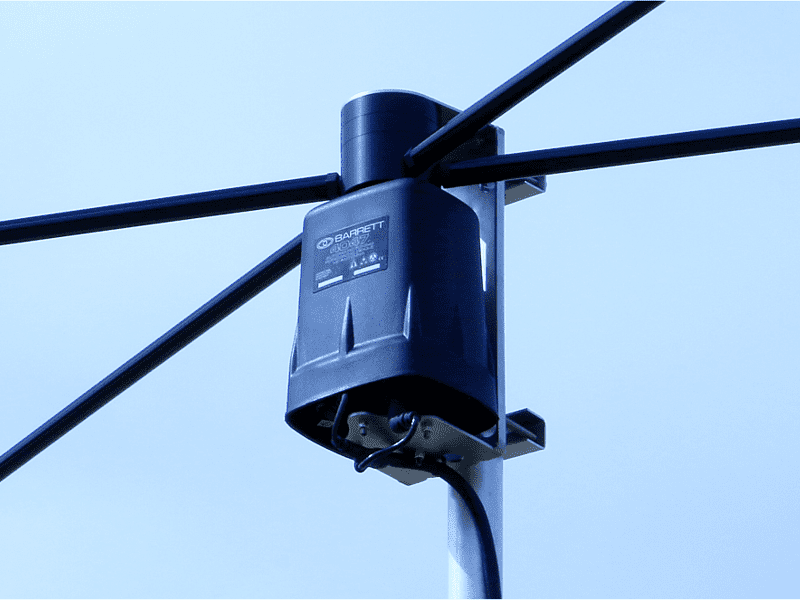How to increase your VHF radio capabilities
One of the most important considerations for military communications systems is how easily systems can be scaled up to meet operational demand. With tactical VHF radio systems, upscaling enables more personnel to be deployed as part of a specific mission or allows for deployments to multiple locations simultaneously.
Securing right components to a military VHF radio setup make these upgrades highly feasible and cost-effective. Let’s take a look at three approaches to increasing an organisation’s VHF radio network size.
1. Incorporate additional equipment
Putting more assets into a military VHF radio setup greatly expands operational capacity, connecting more users with temporary and permanent base stations or adding additional transmission capabilities. This includes simple steps, such as adding extra VHF radio manpacks or more involved changes like adding data transmission software.
Unlike alternative communication systems, VHF radio networks can be established quickly. The Rapid Field Deployment System (RFDS) from Barrett Communications, for instance, can be operational in minutes, giving squadrons a fully-capable temporary transmission station with minimal installation.
Watch this video to learn more about the RFDS:
2. Upgrade VHF radio systems
Replacing an entire legacy system in one go is cost-prohibitive, so an incremental upgrade to VHF radio systems can be a more feasible approach for many organisations. Moving to a highly capable base station from a legacy system, for instance, can result in greater transmission capabilities or more sophisticated broadcast security.
Even moves like installing a stronger antenna or higher-capacity power source can pay dividends in increasing tactical VHF capabilities.
A key consideration with such upgrades is interoperability, ensuring that upgraded components can still support operational legacy technology. Be sure to select new equipment that offers interoperability with current systems and components from original equipment manufacturers.
#BarrettCommunications showcase its tactical HF and VHF radio communications systems at #IDEX2017 https://t.co/gE3Werrj8V pic.twitter.com/kId2d32OsM
— Army Recognition (@ArmyRecognition) February 22, 2017
3. Invest in a rebroadcast system
Terrain is one of the biggest impediments to VHF radio range: Geographic features interrupt the line of sight required for these communications. A VHF rebroadcast system, however, functions as a relay point between two squadrons. Two squads on opposite sides of a mountain can still use this system to communicate. They don’t need to establish a line of sight with one another, so long as they have line of sight with the rebroadcast unit.
With decades of experience in HF and VHF radio systems, Barrett Communications is a global leader in military communication systems. With a multinational support network, we can provide equipment needed for any VHF upgrades around the world. Contact a Barrett Communications representative today to learn more.


